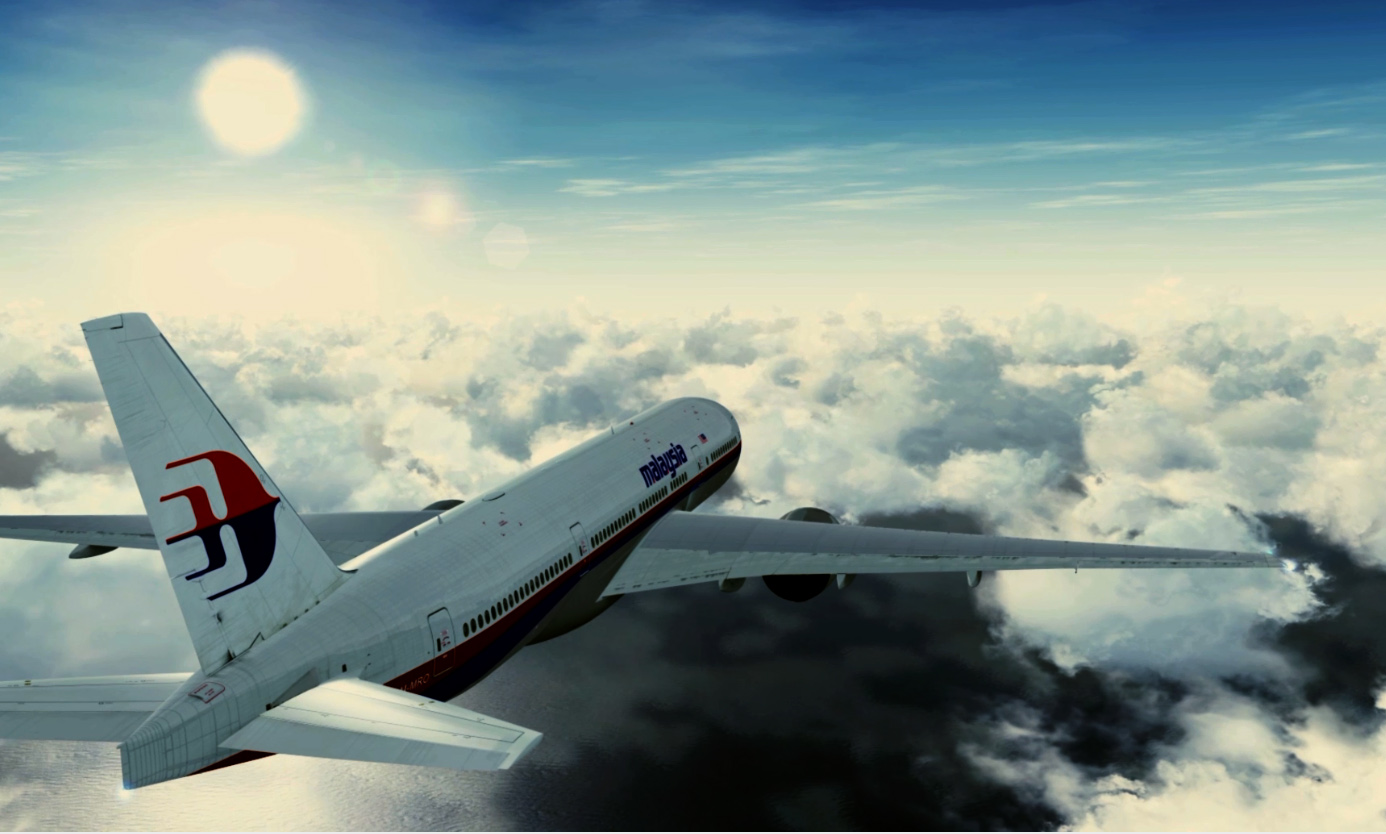MH370 unlikely to be north or south of existing search area, says CSIRO scientist
21 August, 2018
6 min read


CSIRO scientist David Griffin does not believe his team’s drift modeling research supports extending the hunt for MH370 north or south of (opens in a new window)areas already swept by searchers.
Acknowledging that the mystery surrounding MH370 is now deeper than ever, Dr. Griffin says five options remain after the failure of the second search as far north as 25°S.
These are that the wreckage is north of 25°S; it is south of 39.6°S; it is between those latitudes but further from the 7th arc than has been searched; it is within the search area but overlooked; or somewhere “we can’t imagine”.
However, he says respective experts in various fields find all of the scenarios unlikely.
He noted that the first two options were inconsistent with the drift modeling as well as satellite communications data and flight path simulations
“We cannot completely rule out the possibility the aircraft is located either north or south, but the available information suggests to us that the intermediate latitudes are much more likely,’’ he said in his first online update since the search for the missing Boeing 777 ended.
“We leave it to relevant domain experts to assess whether the search should extend either farther from the 7th arc, possibly at just a selection of latitudes, or focus on the so-called ‘holidays” (gaps in the sonar coverage where the terrain is difficult).’’
CSIRO modeling raised hopes that the wreckage would be found during the second search by Ocean Infinity by identifying several hot spots.
The failure to find the wreckage in a 120,000 sq. km area swept by Ocean Infinity’s high-tech fleet of sophisticated underwater autonomous vehicles left experts grappling with where to look next.
There have been several suggestions as experts rake over the data but little likely to be enough to convince the Malaysians to back another search.
Most recently, independent group member Victor Ianello said flight simulations indicated it could be worth widening the search on either side of the 7th arc north of 25°S, the northern end of the most recent search conducted earlier this year by Ocean Infinity.
But he acknowledged that until new insights become available, it would be difficult to establish a new search area.
READ: New analysis possibly identifies new MH370 location.
Respected University of Western Australia oceanographer Professor Charitha Pattiaratchi believes MH370 is lying just outside the area already searched.
Prof Pattiaratchi said in June UWA drift modeling indicated that the priority region to target would be between 33°S and 28°S along the 7th arc.
Pilots and a Canadian air safety investigator who argue the aircraft was deliberately ditched at the end of its flight believe it is further afield. Critical of findings the aircraft was uncontrolled when it hit the sea, they believe it would have glided well beyond the defined search areas.
Central to the CSIRO argument is the timing of the arrival of debris, particularly a moveable wing panel called a flaperon found at Reunion Island.
The flaperon, which is still held by French authorities, is at the center of the controversy over whether the aircraft was uncontrolled when it plunged into the sea.
The CSIRO used a genuine Boeing 777 flaperon and model that looked at satellite data and the trajectories of buoys drifting freely on the surface of the ocean to conclude that crash sites from the southern limit of the search to about 30.5°S were consistent with the observed arrival date of the flaperon of July 29, 2015.
It found latitudes from 30.5°S to 26°S were “less consistent but not inconsistent”.
Although crash sites to the north of the searched area and up to 23°S had a high probability of the flaperon reaching Reunion, it would arrive many months earlier than observed. And those further north than this point resulted in trajectories that missed the island completely.
Dr Griffin noted that other “low-windage’ debris, such as those pieces found on African shores, had a high probability of arriving, as they were observed to do, from December 2015 onwards if the crash site was between 37°S and 33°S.
He said crash sites north of 33°S were only consistent with the debris evidence if it was assumed that wreckage arrived before December 2015, which was possible but increasingly unlikely.
“Assuming our simulation is correct, the question of whether Ocean Infinity has exhausted the range of northern latitudes that are worth searching, therefore, hinges on the question of whether 50 percent of the debris from MH370 could have washed up on African shores, unnoticed, throughout much of 2015,’’ he said.
“We are not prepared to assume this is true. Consequently, we think the available evidence from African shores is consistent with the flaperon evidence, and that MH370 is much more likely to have crashed south of 25°S.”
For the sites south of 39.6°S, the CSIRO pointed to its earlier arguments that the debris would not have arrived as early as observed and there would have been debris on Australian shores, something targeted searches had failed to find.
“Hard evidence (that was known to us in 2016 but not included in our report) that debris floating in the SE Indian Ocean finds its way to Australian shores despite the frequently-adverse winds is provided by the trajectories of (undrogued) drifting buoys,’’ Dr Griffin said. “This also had a bearing on how we identified 35°S as the most likely region of the crash.”
The CSIRO scientist admitted the tools used to model the drift of debris on the surface — data assimilating hydrodynamic models and trajectories of satellite-tracked drifting buoys – were not ideal because they were designed to simulate and observe the movement for a surface layer 10 metres thick.
He said it was necessary to use the buoy information carefully and combine it with data from many other sources in order to simulate the drift of aircraft debris, particularly items with complex drift characteristics such as the flaperon.
“We did this in 2016 to the best of our ability at that time,’’ he said. “As modeling techniques improve, retrospective drift analyses will undoubtedly become more accurate, possibly leading to different conclusions to ours and shedding more light on the location of MH370.
“In particular, models with finer spatial resolution will undoubtedly result in a wider range of simulated travel times across the ocean.”
Dr Griffin said the CSIRO hoped to revisit its conclusions at some time in the future and expressed the team’s sincere regrets that “the committed efforts of many dedicated people have not yet solved this enduring mystery”.
Next Article
2 min read
Qantas triples profit but misses mark

Get the latest news and updates straight to your inbox
No spam, no hassle, no fuss, just airline news direct to you.
By joining our newsletter, you agree to our Privacy Policy
Find us on social media
Comments
No comments yet, be the first to write one.
